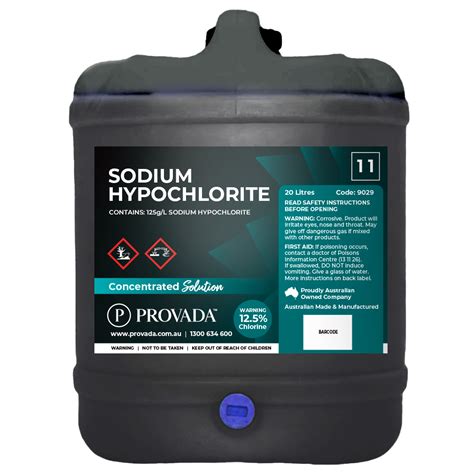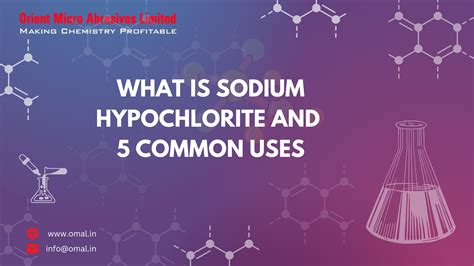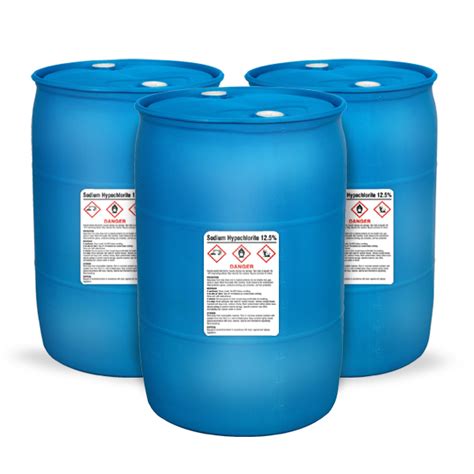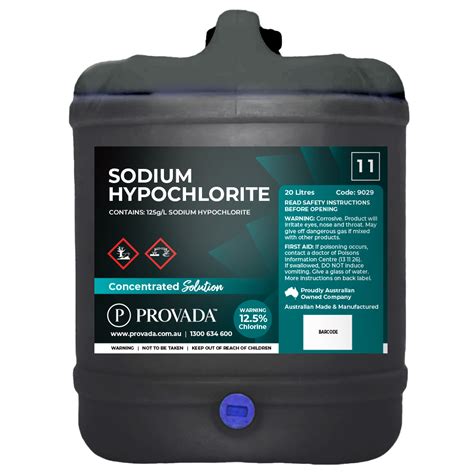Intro
Discover the uses and effects of Sodium Hypochlorite, a disinfectant chemical, in water treatment, bleaching, and sanitizing, understanding its properties and applications as a strong oxidizing agent.
Sodium hypochlorite is a chemical compound that has been widely used for various purposes, including water treatment, disinfection, and bleaching. It is a strong disinfectant and sanitizer that is commonly used in households, industries, and institutions. The importance of sodium hypochlorite cannot be overstated, as it plays a crucial role in maintaining public health and safety. In this article, we will delve into the world of sodium hypochlorite, exploring its properties, uses, benefits, and potential risks.
Sodium hypochlorite is a versatile compound that has been used for centuries. Its discovery dates back to the late 18th century, when French chemist Claude-Louis Berthollet first synthesized it. Since then, it has become an essential component in various industries, including water treatment, paper bleaching, and textile manufacturing. The compound is also widely used in households for cleaning and disinfecting surfaces, as well as for laundry and dishwashing.
The use of sodium hypochlorite has become increasingly important in recent years, particularly in the context of public health. The compound is effective against a wide range of microorganisms, including bacteria, viruses, and fungi. It is commonly used to disinfect water supplies, swimming pools, and surfaces in hospitals, schools, and other public institutions. Sodium hypochlorite is also used to treat wastewater and sewage, helping to prevent the spread of diseases and maintain environmental health.
Properties of Sodium Hypochlorite

Sodium hypochlorite is a strong oxidizing agent that is highly effective against microorganisms. It is a yellowish-green liquid with a strong, pungent odor. The compound is highly soluble in water and is commonly available in concentrations ranging from 5% to 15%. Sodium hypochlorite is also highly corrosive and can cause skin and eye irritation, as well as respiratory problems if inhaled.
The properties of sodium hypochlorite make it an ideal disinfectant and sanitizer. It is effective against a wide range of microorganisms, including:
- Bacteria: Sodium hypochlorite is effective against a wide range of bacteria, including E. coli, Salmonella, and Staphylococcus aureus.
- Viruses: The compound is effective against many types of viruses, including influenza, HIV, and norovirus.
- Fungi: Sodium hypochlorite is effective against many types of fungi, including Aspergillus and Candida.
Uses of Sodium Hypochlorite
Sodium hypochlorite has a wide range of uses, including:- Water treatment: Sodium hypochlorite is commonly used to disinfect water supplies and treat wastewater.
- Disinfection: The compound is used to disinfect surfaces, equipment, and instruments in hospitals, schools, and other public institutions.
- Bleaching: Sodium hypochlorite is used as a bleaching agent in the paper, textile, and food industries.
- Cleaning: The compound is used as a cleaning agent in households and industries.
Benefits of Sodium Hypochlorite

The benefits of sodium hypochlorite are numerous. Some of the most significant advantages of using this compound include:
- Effective disinfection: Sodium hypochlorite is highly effective against a wide range of microorganisms, making it an ideal disinfectant and sanitizer.
- Cost-effective: The compound is relatively inexpensive compared to other disinfectants and sanitizers.
- Easy to use: Sodium hypochlorite is easy to use and can be applied to a wide range of surfaces and equipment.
- Versatile: The compound has a wide range of uses, including water treatment, disinfection, bleaching, and cleaning.
Risks and Precautions
While sodium hypochlorite is a highly effective disinfectant and sanitizer, it also poses some risks and precautions. Some of the most significant risks associated with using this compound include:- Skin and eye irritation: Sodium hypochlorite can cause skin and eye irritation, as well as respiratory problems if inhaled.
- Corrosive: The compound is highly corrosive and can damage surfaces and equipment if not used properly.
- Environmental risks: Sodium hypochlorite can pose environmental risks if not disposed of properly, including contamination of waterways and soil.
Handling and Storage

To minimize the risks associated with using sodium hypochlorite, it is essential to handle and store the compound properly. Some of the most significant precautions to take when handling and storing sodium hypochlorite include:
- Wear protective gear: Wear protective gear, including gloves, goggles, and a mask, when handling sodium hypochlorite.
- Store in a well-ventilated area: Store the compound in a well-ventilated area, away from direct sunlight and heat sources.
- Use proper containers: Use proper containers, such as glass or plastic bottles, to store sodium hypochlorite.
- Follow instructions: Follow instructions carefully when using sodium hypochlorite, including dilution ratios and application rates.
Alternatives to Sodium Hypochlorite
While sodium hypochlorite is a highly effective disinfectant and sanitizer, there are also some alternatives available. Some of the most significant alternatives to sodium hypochlorite include:- Quaternary ammonium compounds: These compounds are effective against a wide range of microorganisms and are commonly used in hospitals and other public institutions.
- Hydrogen peroxide: This compound is a strong oxidizing agent and is commonly used as a disinfectant and sanitizer.
- Chlorine dioxide: This compound is a strong disinfectant and sanitizer and is commonly used in water treatment and food processing.
Conclusion and Future Directions

In conclusion, sodium hypochlorite is a highly effective disinfectant and sanitizer that has a wide range of uses. While it poses some risks and precautions, the benefits of using this compound far outweigh the risks. As the world continues to grapple with the challenges of public health and environmental sustainability, the importance of sodium hypochlorite will only continue to grow. Future directions for research and development may include the development of more effective and sustainable alternatives to sodium hypochlorite, as well as improved methods for handling and storing the compound.
We invite you to share your thoughts and experiences with sodium hypochlorite in the comments below. Have you used this compound in your household or industry? What are some of the benefits and risks you have experienced? Share your stories and help us to better understand the importance of sodium hypochlorite in our daily lives.
What is sodium hypochlorite?
+Sodium hypochlorite is a chemical compound that is commonly used as a disinfectant and sanitizer. It is a strong oxidizing agent that is effective against a wide range of microorganisms, including bacteria, viruses, and fungi.
What are the benefits of using sodium hypochlorite?
+The benefits of using sodium hypochlorite include its effectiveness against a wide range of microorganisms, its cost-effectiveness, and its ease of use. It is also a versatile compound that has a wide range of uses, including water treatment, disinfection, bleaching, and cleaning.
What are the risks and precautions associated with using sodium hypochlorite?
+The risks and precautions associated with using sodium hypochlorite include skin and eye irritation, respiratory problems, and environmental risks. It is essential to handle and store the compound properly, including wearing protective gear and following instructions carefully.
